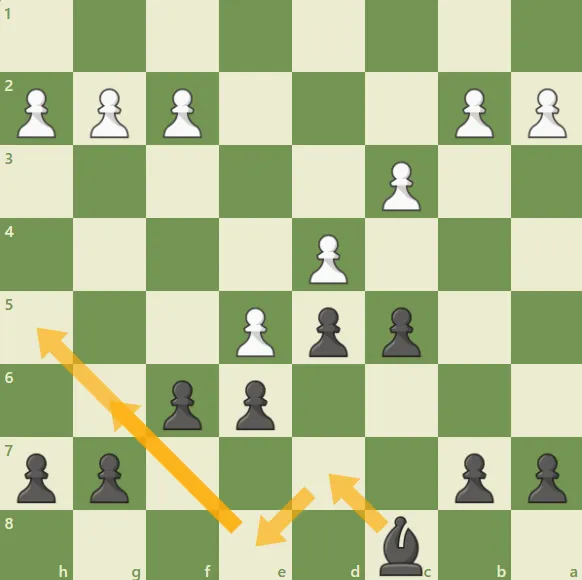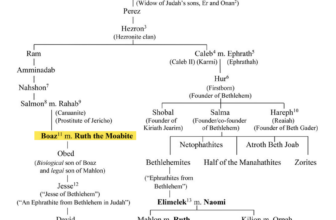
In this article, we’ll explore two fundamental concepts in the French Defense using the Advance Variation as our example: 1) Pressuring the Center and 2) Trading Off or Activating the Light-Square Bishop. These concepts are essential for beginners to understand to play the French Defense effectively
- e4 e6 2. d4 d5 3. e5

Starting position of the advance variation of the French Defense
This setup by white aims to control the center with the pawn on e5, restricting the movement of black’s pieces, particularly the light-square bishop and preventing black’s kingside knight from moving to f6. This pawn structure offers white more space than black and therefore more freedom to move pieces onto effective squares, possibly to attacking positions on the kingside. Because of this, black must play actively and fight against black’s center!
Key Idea #1: Pressuring the Center
One of the fundamental ideas behind the French Defense, especially in the Advance Variation, is black’s strategy to counter white’s central pawn push to e5. Black aims to undermine white’s strong pawn center by putting pressure on the d4 pawn. This is typically done by advancing the c-pawn to c5, and placing the other pieces in positions to directly challenge the d4 pawn.

Black has placed their pieces to exert pressure on white’s d4 pawn
By placing pieces on squares that attack the d4 square, black challenges white’s central control and can tie white’s pieces down to the defense of the d pawn, thereby preventing white from moving pieces to more effective squares.
These concepts are discussed in more detail in this video: Part One
Idea #2: Trading Off Light-Square Bishops or Activating the Light-Square Bishop with f6
Light-Square Bishop Swap:
Another important concept in the French Defense, particularly in the Advance Variation, is the strategic decision regarding the light-square bishop. In many variations of the French Defense, black’s light-square bishop can become a problematic piece due to its limited scope and potential to be blocked by its own pawns. In the diagram below, compare the freedom of movement of white’s bishop compared to that of black’s bishop:

Because of this lack of mobility of black’s light-squared bishop, one common approach for black is to trade off the light-square bishop early in the game.
There are a number of ways for black to attempt the bishop trade and the GIFs below show two opening sequences specifically designed for black to achieve this goal, note that in both examples, black refrains from developing the queenside knight early in the game:
In this variation, black plays a6 to setup Bb5:

In this variation, black plays b6 to setup Ba6:

Light-Square Bishop Activation:
Alternatively, if black chooses to keep the light-square bishop, they can aim to activate it by playing f6. This move allows the bishop to dance over to the kingside as seen in the following diagram:

These concepts are discussed in more detail in this video: Part Two
Conclusion
In conclusion, the French Defense’s Advance Variation offers black dynamic opportunities to counter white’s central pawn thrust. By pressuring the center and making strategic decisions regarding the light-square bishop, black can create imbalances and chances for counterplay. Understanding these basic concepts is essential for beginners looking to improve their understanding of the French Defense and enhance their overall chess strategy
Related





